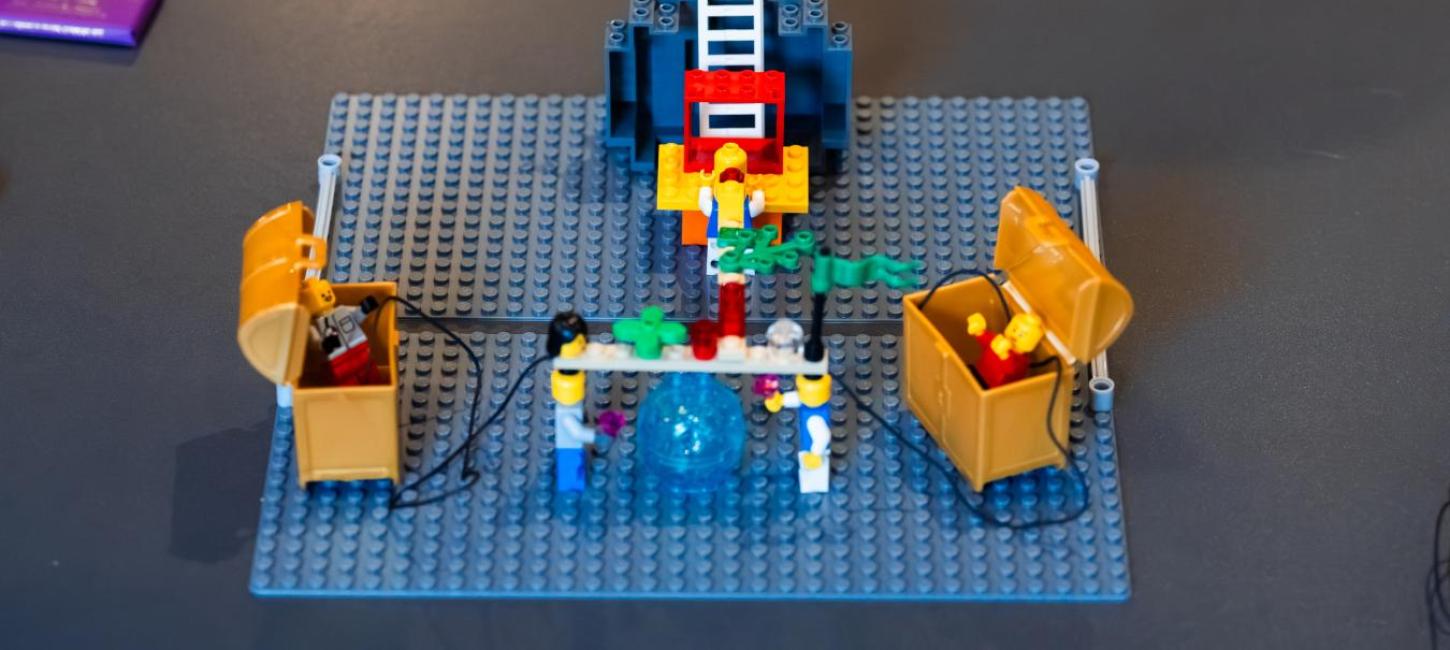
Serendipity: Designing for chance encounters
Facilitating unplanned, chance encounters and connections by providing the time and space for spontaneous magic to unfold.
Serendipity refers to the unplanned, chance meetings and connections that can spark magic at events. The element of serendipity is represented by a LEGO® model where two participants accidentally have crossed paths, striking up organic conversations and forging unexpected bonds. By embracing serendipity, events can unlock the power of unexpected connections, fostering the cross-pollination of ideas, sparking new collaborations, and creating lasting memories that extend far beyond the confines of the event itself.
These serendipitous encounters thrive in environments that provide degrees of freedom, with unstructured time and space for attendees to explore and occupy as they please. While overdesigning these moments can stifle their organic nature, event organisers can facilitate serendipity by providing navigational tools and gentle nudges that help attendees orient themselves and fill empty spaces without feeling lost or overwhelmed. Environments that avoid creating silos or VIP separations, and spaces that allow for playfulness and "goofiness," can foster more opportunities for these chance encounters to occur.
Barriers such as overly structured programs with no free time, attendees' reluctance to step out of their comfort zones, and the pervasive addiction to digital devices can disrupt the potential for serendipitous connections. Event organisers must strike a balance, providing both the physical space and unstructured time for magic to happen organically, while also creating a culture of inclusion, community, and co-creation that encourages attendees to fully engage with the event experience.

Photo:Daniel Rasmussen
